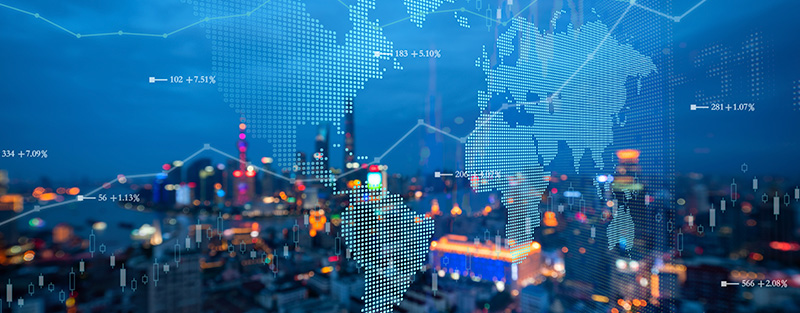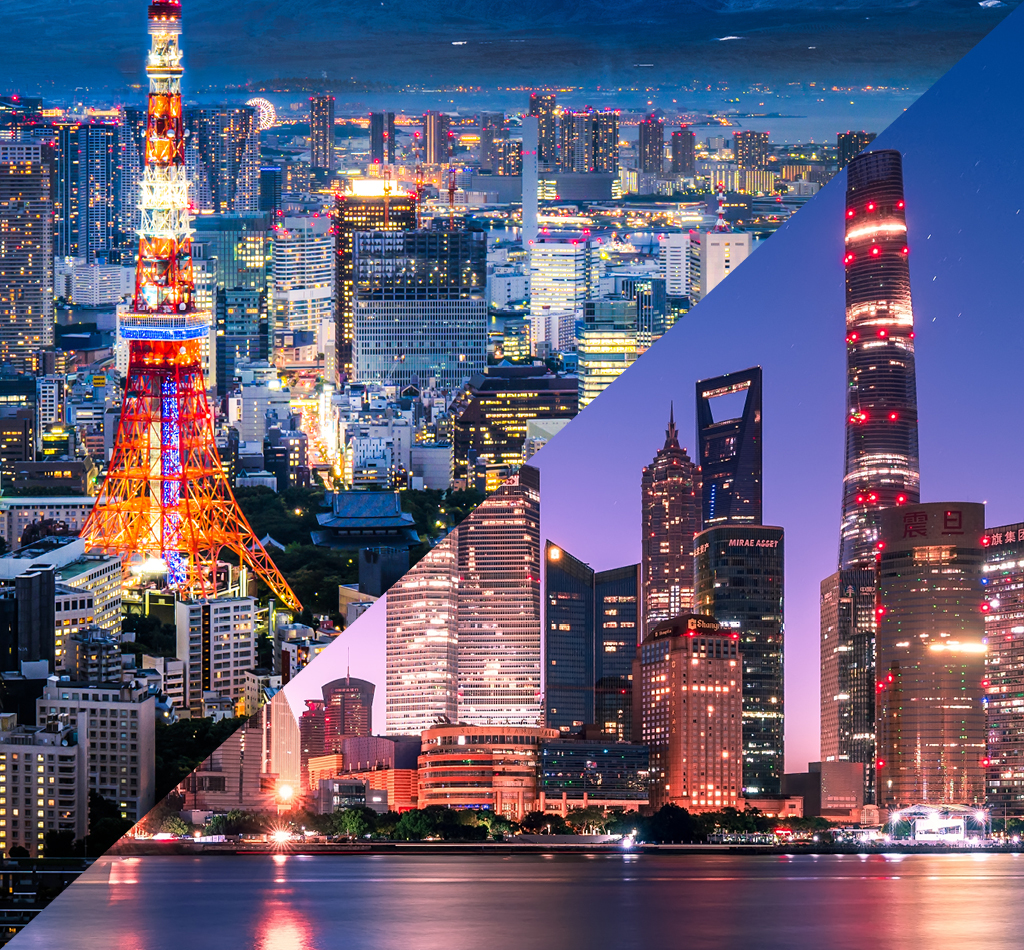Commentaires
Water we going to do
24 mars 2022

The most recent Intergovernmental Panel on Climate Change (IPCC) report outlines the stark reality in which significant resource preservation, namely land and sea, is needed to protect our species and biodiversity.
It is estimated that up to 3 billion people worldwide could face water scarcity as a result of global warming. Demand for water will exceed supply in 30% of the world by 2050 if no action is taken. Already, half of the world is presently faced with water scarcity for at least one month out of the year. Issues facing communities include poor access to water, which may be a result of a lack of freshwater sources or the lack of infrastructure due to economic conditions. Another key variable to consider is water quality. With increased industrial and human activity, water quality has been deteriorating in many parts of the world. This can be seen through effects such as ocean acidification, increasing temperatures, and increased run-off of pollutants. Hence, the importance of monitoring water quality. Regular monitoring allows for the early identification of problems and changes in quality over time.
Access to clean, running water is critical to support the health, well-being and livelihoods of societies. Most recently, discussions have been focused on land preservation and restoration to halt devastating deforestation practices happening all over the world. However, water is central to so many day-to-day activities, such as agriculture, energy production and overall economic productivity. Everyone has a common interest in responding to this problem. In fact, the water-related risk is one of the more prevailing issues in The Sustainability Accounting Standards Board (SASB) Materiality Framework, making an appearance in 25 out of the 77 industry groups.
There are ways to mitigate water scarcity and improve water quality. One of the most impactful ways that can contribute to water conservation is through changing personal habits, particularly with respect to food consumption. Some of the industries which consume the most water include fruit and vegetable farming (wheat, corn, rice, and sugarcane rank highest), garment and textile production, meat production and the beverage industry. So, by making small changes in daily consumption habits, such as reducing grain and red meat intake, it can all add up to water savings.
On the industry side, there are many possible solutions. For instance, relying on wastewater recycling, reuse, and reclamation allows corporations to return fresh and clean water for use in either a closed or open loop system. Changing current distribution systems and updating existing infrastructure would help with quick detection and more efficient use of resources. On many occasions, it is a leak that can create contamination within the water supply, therefore monitoring changes in water dynamics would help to promptly contain the problem. Continuing to improve filtration systems will play an important role, especially in developing nations. Making water safe to drink could increase the overall water supply and reduce the amount of scarcity. More specifically, for the agricultural sector, where 70% of the world’s freshwater resources go to farming and irrigation. Technological developments are particularly in need in this sector, and solutions such as sustainable agriculture and vertical farming can help reduce the amount of water needed for food production.
Water has rarely been a trendy investment theme, especially given the current spotlight on the energy transition sectors. The lack of metrics surrounding water has made it difficult to incorporate, let alone measure, risk and opportunity within this sector. Global Alpha currently has exposure to two companies involved in water management, which provide solutions to the aforementioned problems.
Daiseki
Daiseki is the largest Japanese processor of liquid industrial waste. The company is currently the number one player in Japan, holding about 10% of the market share. In 2018, they released their Vision 2030 plans, which included an ambitious goal of becoming the number one recycling company in Asia and making a positive impact on the United Nations’ Sustainable Development Goals. Recently, an increasing amount of customers are relying on Daiseki to treat their wastewater, with demand mainly driven by carbon neutrality and circularity goals. Their wastewater processing involves separating the water from the contaminants, at which point the water is treated and released back into the river or the local sewage system. Due to growing interest in water treatment services, the company has plans to expand its water treatment capacity at their Kansai Facility. We not only see this as a positive for the company’s bottom line, but also in terms of contribution to the Sustainable Development Goals.
Primo Water
Primo Water distributes bottled water and filtration solutions to customers all over the U.S. and Europe. They are also the leading provider of self-service refill drinking water and water dispensers in Canada and the U.S. The company is focused on giving access to high-quality, purified water to its customers. Having clean and reliable water is of great importance to their customers, and Primo is able to cater to their needs with its numerous distributions solutions. Environmental stewardship is one of the company’s key pillars; in fact, they are committed to ensuring that their water is sourced responsibly. This is demonstrated through their commitment to receiving certification from the Alliance for Water Stewardship (AWS) for all their key spring sources by 2025. Some of the objectives of the AWS are to promote better water governance, ensure good water quality and provide access to water, sanitation and hygiene for all.
As more opportunities become available in this specific sector, we will continue to evaluate attractive companies that positively contribute to tackling this issue.





